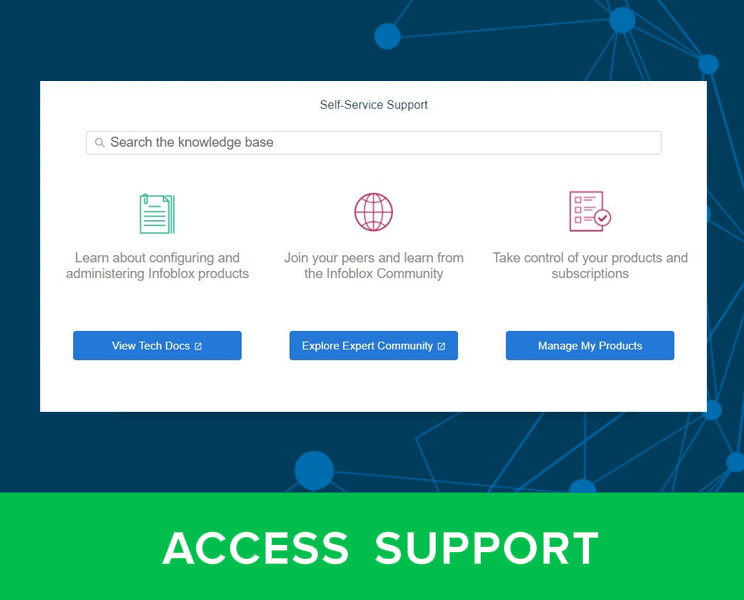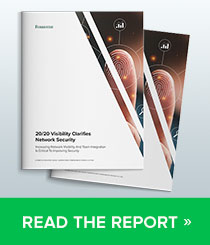Unlocking DNS Intelligence For Faster, Automated SecOps
Infoblox integrates with Palo Alto Networks Cortex XSIAM and XSOAR to deliver deep DNS-layer visibility, enriched threat intelligence and automated workflows that accelerate threat detection and response. Security teams rely on both platforms to reduce risk and streamline operations.
Cortex XSIAM ingests Infoblox telemetry, including DNS queries, DHCP leases, IP address management (IPAM) metadata and threat intelligence. This enables real-time correlation, faster investigations and automated response actions.
With XSOAR, teams automate incident handling using Infoblox data. Playbooks take action, such as blocking malicious domains and IPs, while on-prem XSOAR engines connect to Infoblox APIs to enrich workflows. XSIAM helps unify data and automation, trigger incidents based on thresholds, categorize threats by severity and domain, and configure anomaly alerts to improve response times.
Breaking Through SOC Overload
Security teams are under constant pressure. The threat landscape evolves rapidly, and alerts pour in from dozens of tools, making it difficult to separate real threats from background noise. Moreover, asset visibility and context are key missing pieces of the puzzle when it comes to incident response. The result? Analyst fatigue, slower response times and reduced operational effectiveness.
DNS remains one of the most overlooked data sources in many SIEM deployments. Adversaries use it for command and control, data exfiltration and malware delivery. Yet, most SIEMs lack visibility into DNS, DHCP and IPAM telemetry. Without this data, teams miss stealthy attacks and struggle to correlate malicious activity.
Fragmented workflows make things worse. Analysts jump between tools to gather context, validate alerts and take action. This slows down investigations and increases risk. As organizations scale across hybrid and multi-cloud environments, log volumes grow and strain both performance and analyst capacity.
Critical Capabilities For The SOC
Infoblox and Palo Alto Networks Cortex XSIAM and XSOAR work together to enhance security operations through centralized visibility, automated containment and proactive vulnerability management. Infoblox Threat Defense™ sends DNS, DHCP and security logs to Cortex XSIAM using standard formats like Syslog and CEF. Cortex XSIAM ingests and normalizes this data, enabling deep search, correlation and faster detection of suspicious domains and device behavior. When XSOAR identifies a malicious domain or IP, it triggers a playbook that calls Infoblox APIs to add the threat to a response policy zone (RPZ), instantly blocking DNS queries across the network.
Teams access this capability through the Infoblox NIOS integration pack in the XSOAR Marketplace. Infoblox also detects new devices joining the network and prompts Cortex XSIAM to launch vulnerability scans using tools like Qualys or Tenable. It prioritizes scans based on device type, location and threat context, helping teams mitigate risk efficiently.
The Value Proposition Is Strong
Infoblox and Palo Alto Networks streamline SecOps by centralizing and normalizing DNS, DHCP and IPAM data within Cortex XSIAM, improving detection accuracy and reducing alert noise. Security teams automate incident response in Cortex XSOAR using enriched context and prebuilt playbooks, enabling faster, more precise remediation across hybrid environments. Native connectors and APIs simplify integration, allowing teams to onboard Infoblox telemetry without custom development. Analysts gain actionable insights through unified dashboards and automated workflows, which reduce manual effort and accelerate investigations.
Key Takeaway
Infoblox and Palo Alto Networks Cortex XSIAM and XSOAR help organizations boost security performance, streamline operations and maximize SIEM investment value. XSIAM centralizes and normalizes DNS, DHCP and IPAM data to improve detection and reduce alert noise, while XSOAR adds automation and orchestration through dynamic playbooks that accelerate incident response. Together, they provide a unified platform that enables teams to respond faster, operate more efficiently and maintain a resilient defense across hybrid and multi-cloud environments.
Here is our Solution Note on this integration








